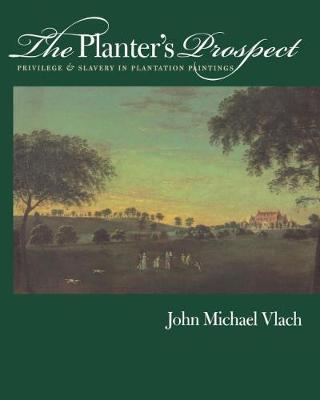Richard Hampton Jenrette Series in Architecture and the Decorative Arts
1 total work
This illustrated volume explores the statements of power and ironic invasions encoded in plantation paintings created from the 19th century to the early 20th century. It focuses on oil paintings, but includes consideration of watercolours, drawings, map illustrations, lithographs, and popular prints. Although 19th-century American landscapes typically were painted from a high vantage point, looking down from above, southern landscapes that featured plantations diverged from this convention in telling ways. Portraits of planters' landholdings were often depicted from a point below the plantation house, a perspective that directs the viewers' gaze upwards and, as John Vlach observes, echoes the deference and respect the planter class assumed was its due. Moreover, Vlach notes, slaves were rarely represented in plantation paintings made before the Civil War. After the war and the abolition of slavery, he argues, a wistful revisionism seems to have restored slaves - still toiling in the service of the masters - to the landscapes they had created and on which they were so cruelly mistreated.
At the heart of this volume are six artists - Francis Guy, Charles Fraser, Adrien Persac, Currier & Ives chief artist Fanny Palmer, William Aiken Walker, and Alice Ravenel Huger Smith - whose collective body of work spans the period between 1800 and 1935 and documents plantations across the South, from Maryland to Louisiana.
At the heart of this volume are six artists - Francis Guy, Charles Fraser, Adrien Persac, Currier & Ives chief artist Fanny Palmer, William Aiken Walker, and Alice Ravenel Huger Smith - whose collective body of work spans the period between 1800 and 1935 and documents plantations across the South, from Maryland to Louisiana.
